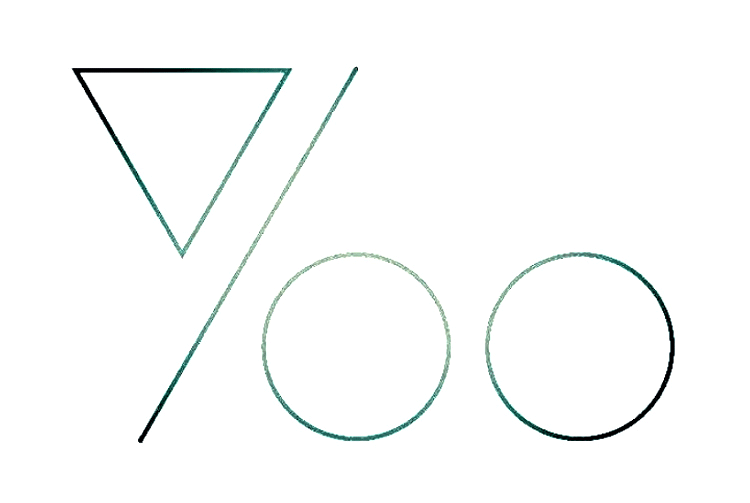Media Lab Intern Kevin Yoo wowed attendees at the Spring 2015 Expo with his presentation, “Medieval Treasures and Chocolate Pleasures,” which showcased the use of 3D printing to create edible works of art.
As part of the Media Lab Internship program, Yoo was granted access to the Met’s collections to seek inspiration for an original, technology-driven project.
During the early stages of his project, Yoo scoured the collections on display at the Met for hours at a time. But it wasn’t until he found himself in the office of Object Conservator Pete Danbridge that inspiration struck. On Danbridge’s desk sat several 16th-century boxwood rosary beads. Yoo was immediately drawn by their beauty and sculptural qualities.
With extreme care, Dandbridge unclasped a bead to reveal intricate carvings of Adam and Eve and the Crucifixion. He then unfolded the Adam and Eve carving into a triptych of scenes from the life of Christ. The level of detail was remarkable for a bead a mere 2 1/16th inches in diameter.
Paul and Jill Ruddock Curator Barbara Boehmn offered her insight into the bead’s historical origins and religious significance. Equipped with a deeper appreciation of the bead, Yoo began to explore how futuristic technology could be used to invoke the Medieval world.
Aided by technology company 3D Systems, Yoo speculated that he could 3D print an edible sugar rosary bead in any combination of colors, scents, and flavors. An interpretation faithful to the sensory details of a Medieval church would result in a frankincense-scented, wine-flavored bead, whereas a version oriented toward abstract religious qualities—like mystery and wonder—would call for fantastical combinations of patterns and flavor.
Yoo had extensive prior experience 3D printing in plastics as an undergraduate Industrial Design student at Pratt Institute. However, 3D printing in sugar presented new challenges. When 3D Systems printed the bead with a diameter of 2 ½ inches—slightly larger than life-size—their machine failed to clearly render the minute details of the original. To correct for the machine’s limitations, Yoo proposed printing the bead with an eight-inch diameter. However, at this size, the bead would become structurally unsound and collapse, even if gums or other binders were added to the sugar.
Ultimately, Yoo decided to display two of the smaller, low-resolution sugar beads alongside an enlarged rosary bead printed in gypsum, which, although inedible, would simulate the potential that he sees for 3D printing in sugar. He hopes that 3D printing in sugar will one day not only be able to match the resolution of the boxwood rosary bead, but to surpass it—by restoring detail lost through centuries of wear. His ultimate goal is for people to be able to appreciate rare works of art with all five senses that they can currently only admire from a distance.
Written by Hannah Holden
